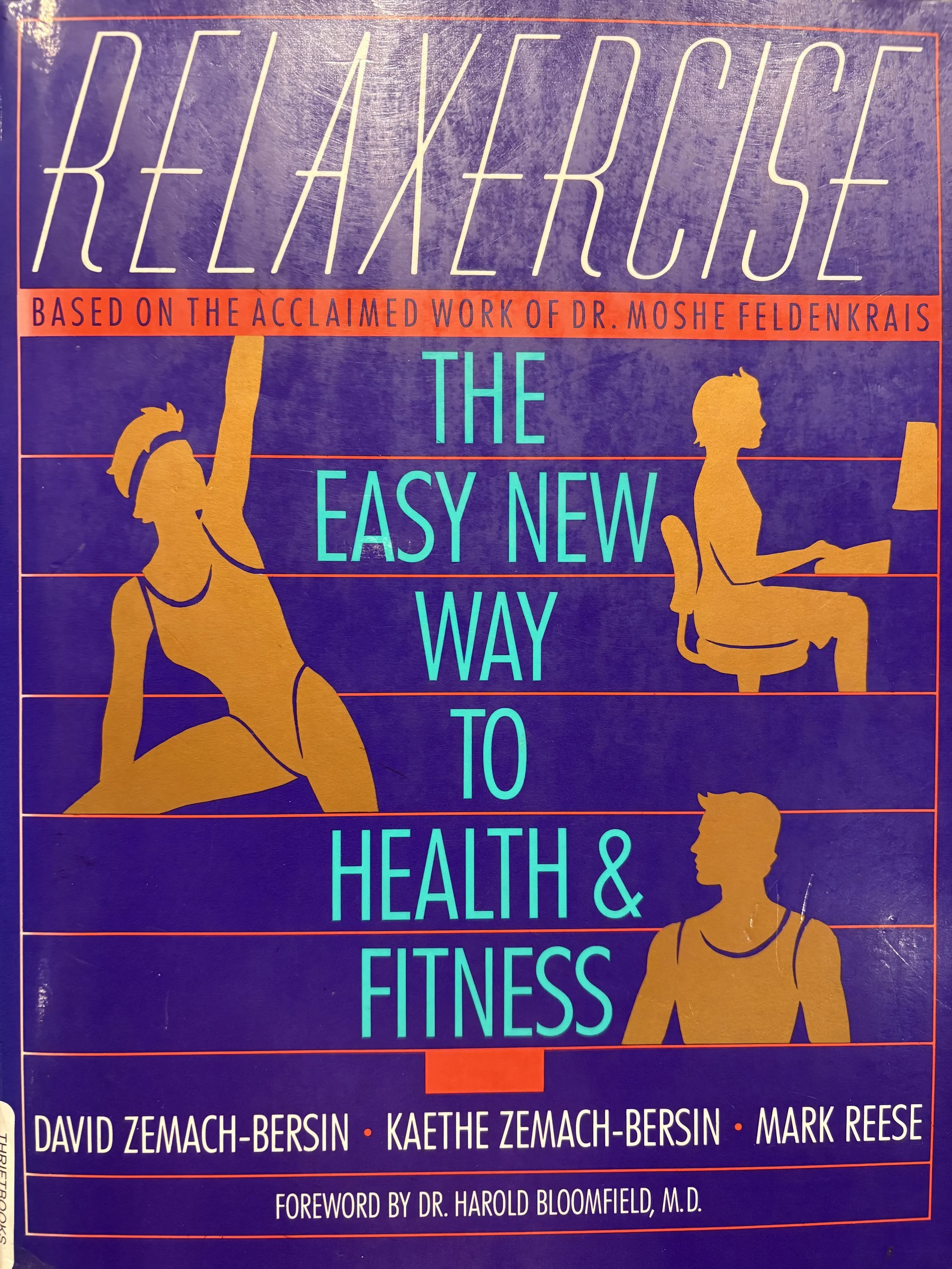
Relaxercise: A Simple Movement Practice I Recommend to My Clients
By the time I finished all of the spine chapters, I could sit in my chair and turn around so far I felt like an owl.

Castor Oil Packs: An Old Remedy That Still Works Wonders
Learn how to use castor oil packs to reduce inflammation, ease bloating, and support your body’s natural healing—step-by-step and stress-free.

Introducing My Recommended Products Page
I believe small steps matter. Any little thing that we can teach our clients to get into their bodies throughout the day, like taking a 90-second breathwork break 3 times a day, can make a huge difference over time in how they think and feel.
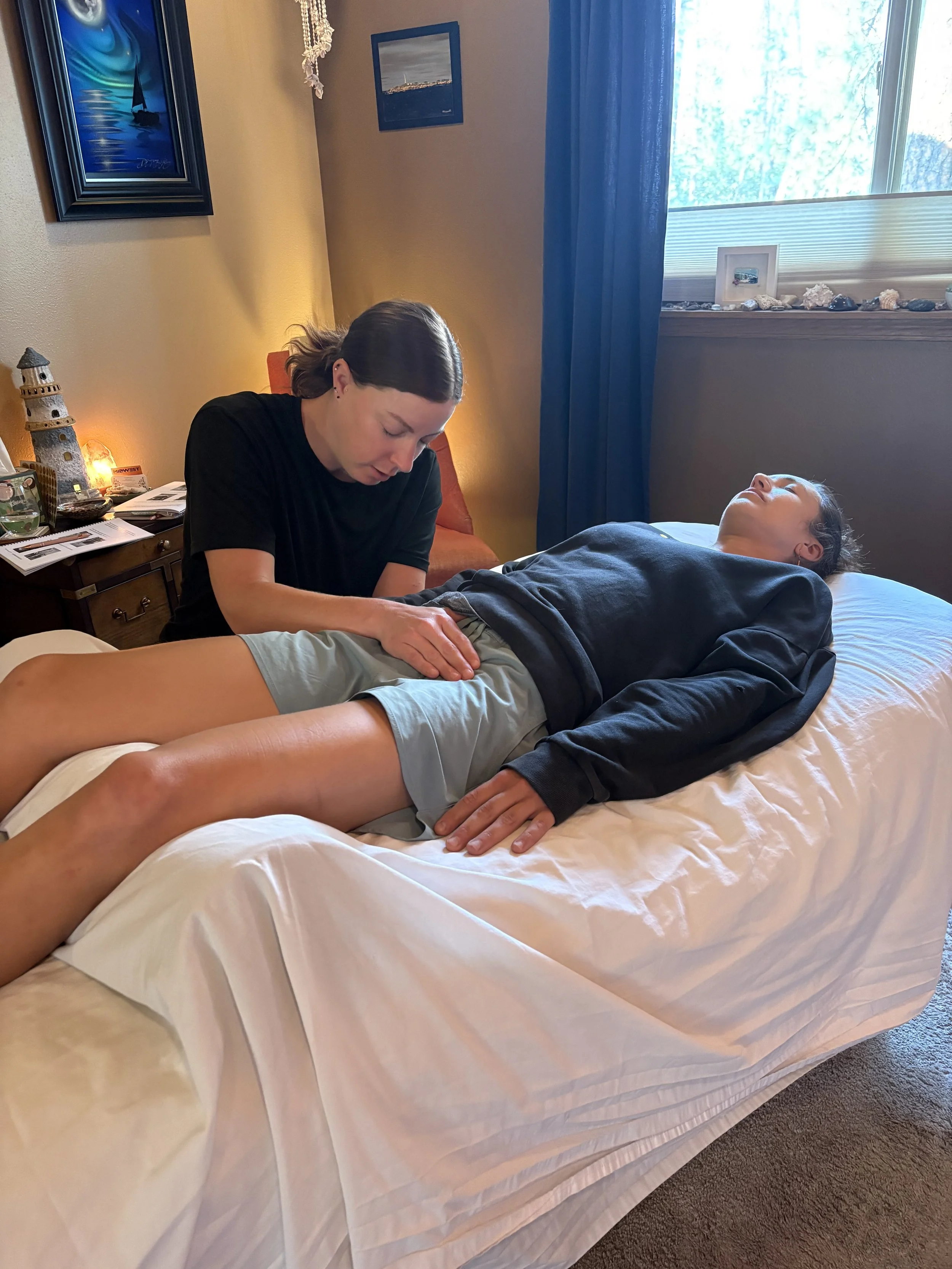
What Does It Really Mean to be a Holistic Practitioner?
But aren’t all massage therapists holistic?
The short answer is no, not every massage therapist is actually holistic. And honestly, giving a “full-body massage” doesn’t necessarily make someone a holistic practitioner.
So what does holistic really mean?

Whiplash, Digestion, Reproductive Health, and the Pelvic Floor: It’s All Connected!
We all say it—'It’s all connected.' And we’re not wrong. But how often do we actually follow that thread all the way through the body?
If we know this, why is it so hard for us to break out of our habit of always treating where the client has the pain? We know that pain spot is probably hypermobile, not hypomobile, yet we insist on stretching it to get it even looser, more mobile, which just exacerbates the problem, giving that spot even more adaptability, which just allows more stuckness to get embedded in the real problem area.

Direct vs. Indirect—Working With the Body Rather Than Against It
Direct work can be helpful—but it also assumes the therapist knows better than the client’s body. I don’t know every inflammatory response this client has ever had in his/her life—every injury, every illness that caused a fever, every meal that caused indigestion and derailed the gut biome for God only knows how long. Only the client’s body knows all of those things.

Burnout Isn’t Inevitable: How Grounding and Ongoing Learning Keep You in Love With Your Work
It’s not your fault. You just haven’t learned to stay grounded and centered while you’re working.
Learning keeps you focused and engaged. What has driven me to learn over the years has been my own personal need to grow in skill.
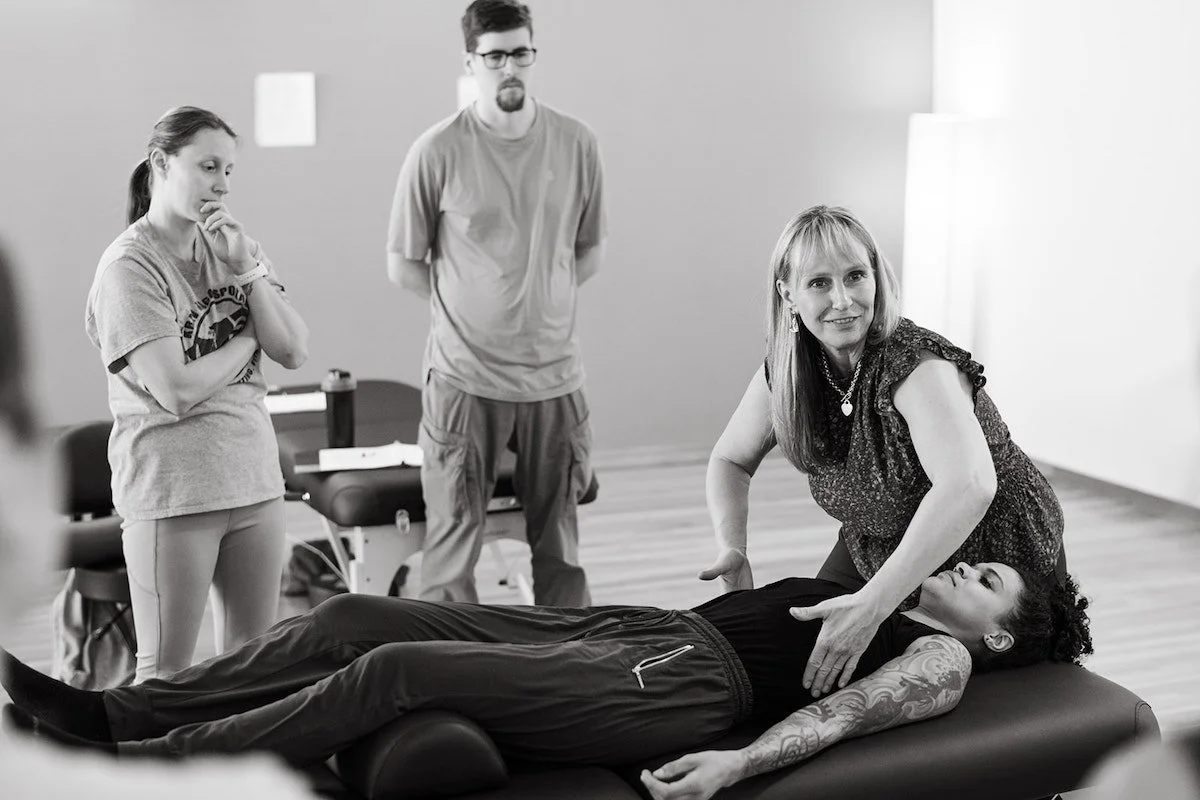
What I Wish Every Massage Therapist Knew About the Diaphragm
The more I’ve studied and learned from my mentors — and the more I’ve listened with my hands — the more I’ve realized that the diaphragm is the bridge between almost everything: breath and blood flow, stress and calm, upper and lower body, brain and gut, heart and adrenals.
Freeing it to slide and glide relative to all of its neighbors means big changes to the body.
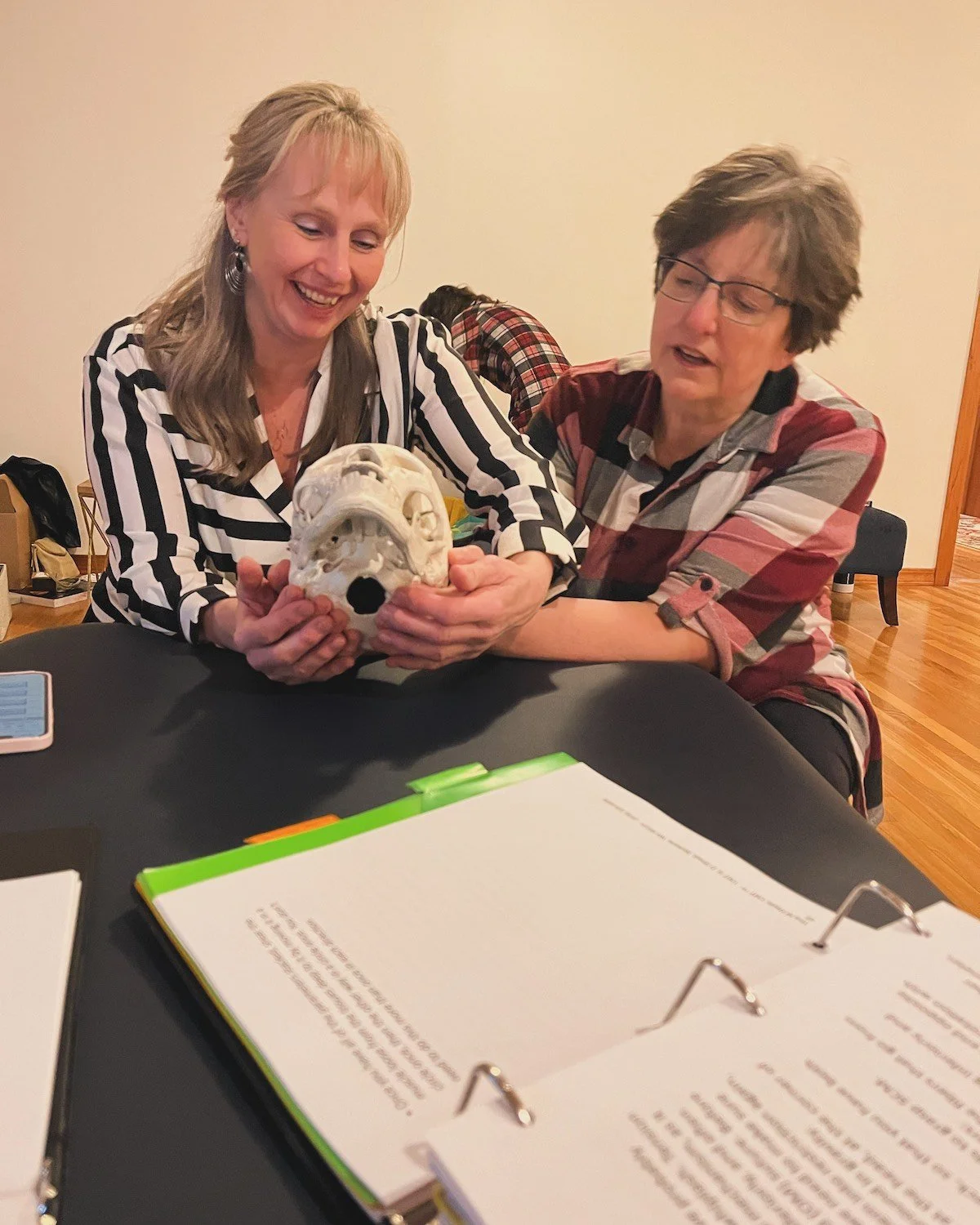
Why I Don’t Call Myself a Healer…and why it matters
It’s too much pressure.
For one thing, the title comes with a heavy sense of responsibility — as if it’s my job to heal everyone who walks through the door.
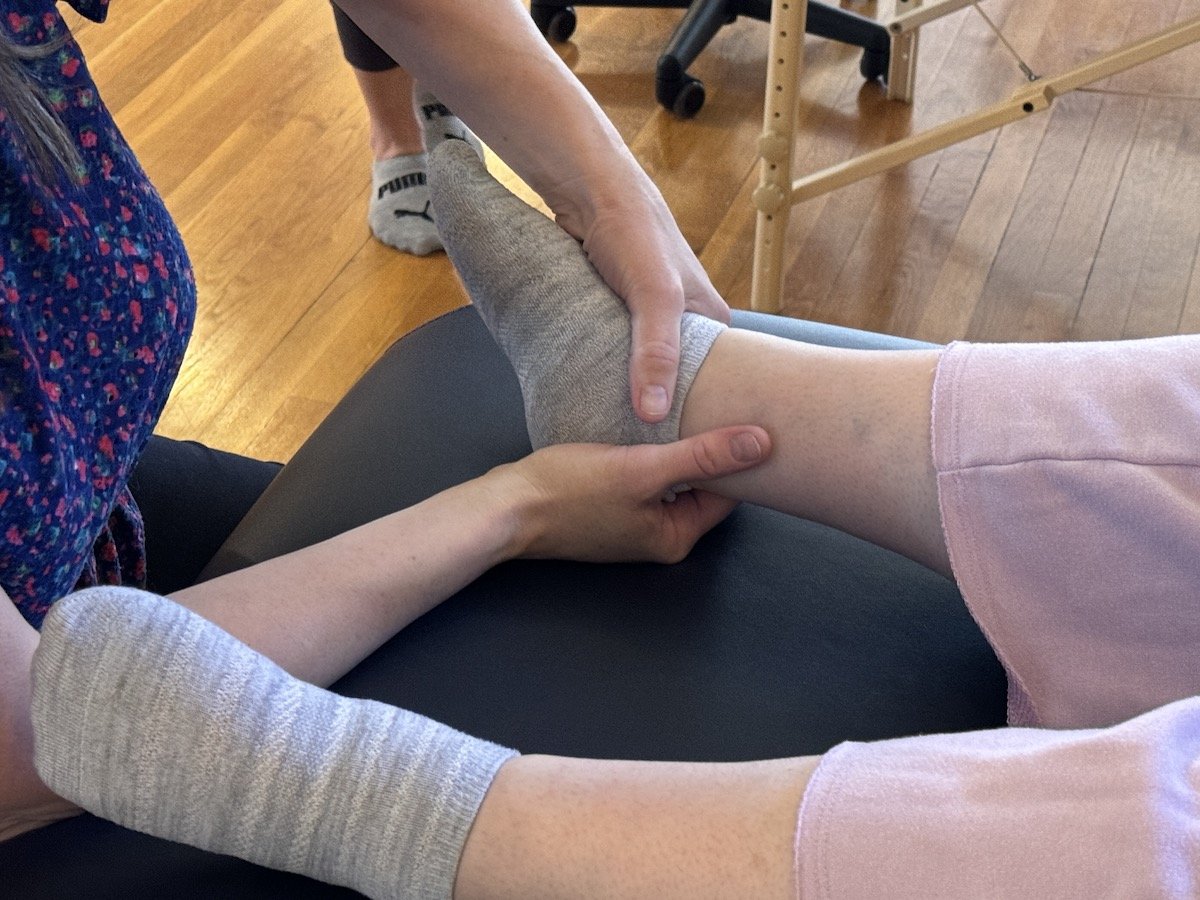
Craniosacral Therapy: Gentle Doesn’t Mean Passive
You’ve probably heard that Craniosacral Therapy only uses 5 grams of pressure—the weight of a nickel. How can you possibly make a difference with the weight of a nickel?
You haven’t heard the whole truth.

Warning: This is a Vulnerable Post
It’s challenging balancing work and personal life. There are so many things I want to do. I know, I’m extremely curious and will never be satisfied sticking to one thing all the time.

The Coolest Thing I’ve Ever Felt During a Treatment (So Far…)
An involuntary smile filled my face the entire time it expanded. I had never felt anything like it.

I’ll Never Be Bored, As Long As I Keep Learning
After just one eye technique today, all of a sudden I could read the powerpoint on the wall without squinting. My vision has not been great for several years now. My eye doctor put my prescription just below what I needed for 20/20 vision, because that cleared up my jaw pain. I haven’t been able to read street signs for years. But today I can, after getting my eyes worked on. Lights appear brighter, my vision is sharper, and you know what else? I felt giddy after class, even though we went an extra hour and everyone was tired.

“You’re the first person who has touched it.”
Why did no one even touch the coccyx to see what was going on? But then I realized that it is a sensitive area, and not every practitioner of every modality has the personal skills to be able to get right up in someone’s business and assess this. Perhaps they have never been taught how to do it, the importance of doing it, and how to get past their own mental blocks of touching someone so close to the anus.

Why Don’t We Want to Shame Our Clients?
The truth is, I had been on the butt end of the shaming. I grew up with tummy trouble and didn’t even know what I was experiencing wasn’t normal. It turns out, when a person has digestive trouble for an entire lifetime, the body will get into a position that helps the organs do their job better, causing “bad posture.”

How to Handle a Client Who Isn’t On Board
That one small step makes a huge difference. When they take the time to confirm, they’ve already agreed to engage at least a little—which means we can actually get somewhere in the session.
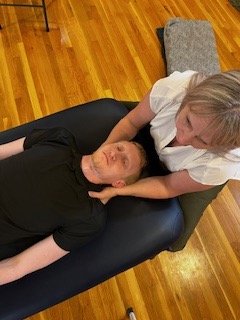
Emotional Healing and Bodywork
This experience made me think about the connections between emotional and physical healing. The two so obviously go together, and most bodyworkers are aware of that. I want to write a post with some thoughts about ways to navigate these moments with clients, to help them the best way that we can, as we respect our scope of practice—we are not mental health counselors, but the issues really are in the tissues, so sometimes it’s a hard line to ride.

Deep Tissue - What’s Missing?
…those persistent cases kept coming in. I started asking: Why won’t these muscles stay relaxed after a successful session?
The answer? I hadn’t addressed why they were tight in the first place.
And no, I’m not talking about injury to the muscles themselves.

One Thing I Wish I Had Learned in Massage School
I remember feeling like I got a great education. I passed the boards with high scores in all the categories… I was so proud of myself, and of my school. Proud. Hmmm. Pride can be an asset.
It can also be a liability.

Making Anatomy Out of Clay
I wonder, have you ever built a piece of anatomy out of clay? I’m not talking about slapping some clay on a picture of a muscle. I’m talking about building a bone out of clay, with a model and your favorite anatomy books in front of you. Or you could build a whole joint, with all of the structures involved, even down to blood vessels and nerves, if you really wanted to geek out.